
The area of rocky desertification has decreased in southwest China's Chongqing Municipality.
According to figures released by the municipal forestry bureau, Chongqing's stony deserts have decreased by 122,000 hectares, 13.6 percent lower compared with 2010.
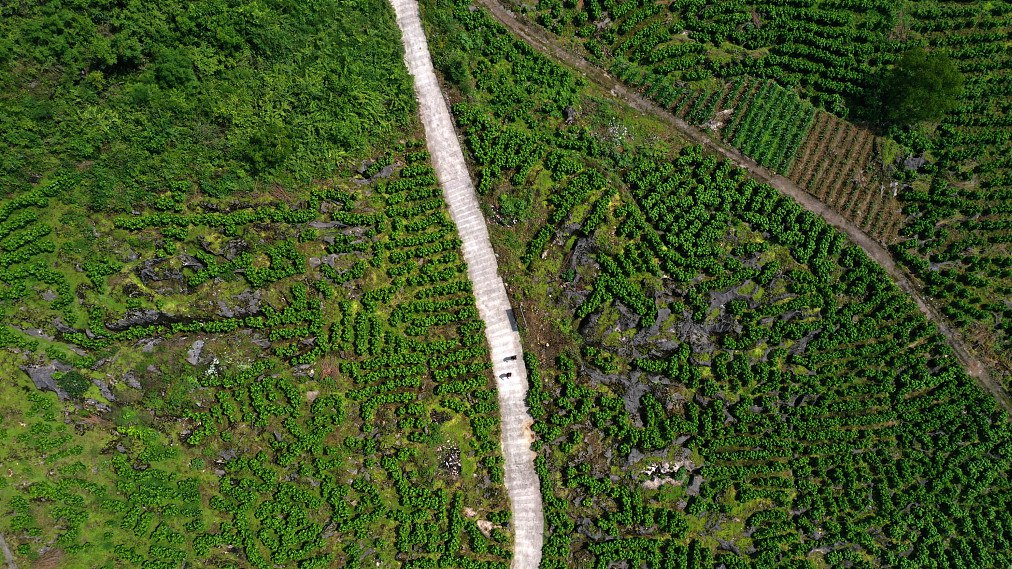
Chongqing has grown mulberry trees to tackle rocky desertification while improving its economy. /VCG Photo
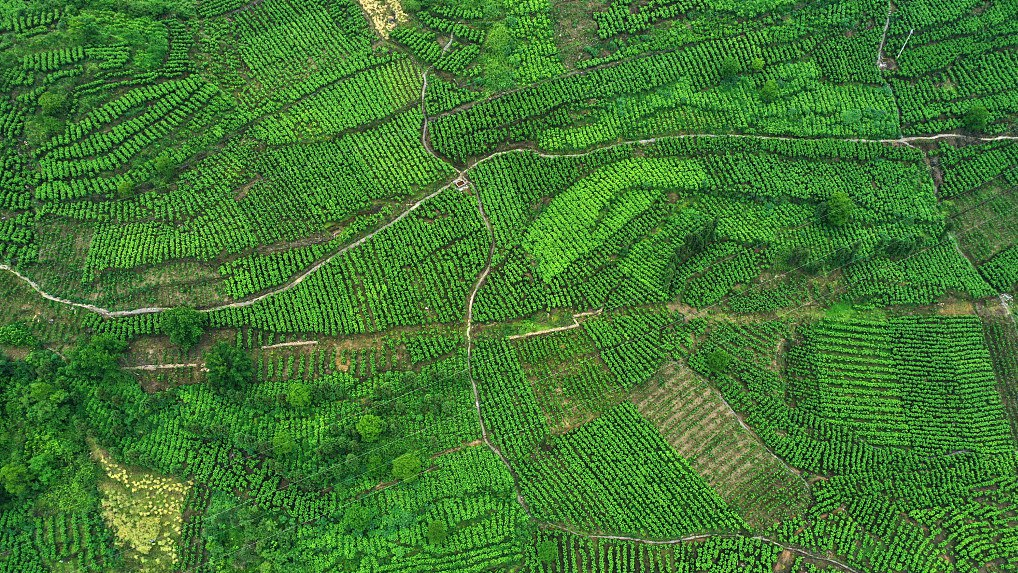
Chongqing has grown mulberry trees to tackle rocky desertification while improving its economy. /VCG Photo
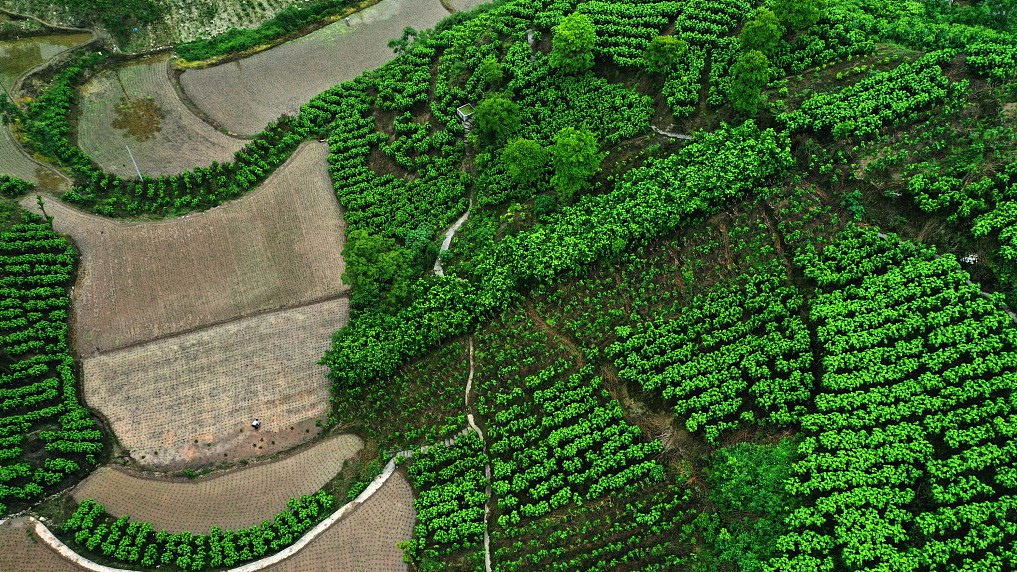
Chongqing has grown mulberry trees to tackle rocky desertification while improving its economy. /VCG Photo
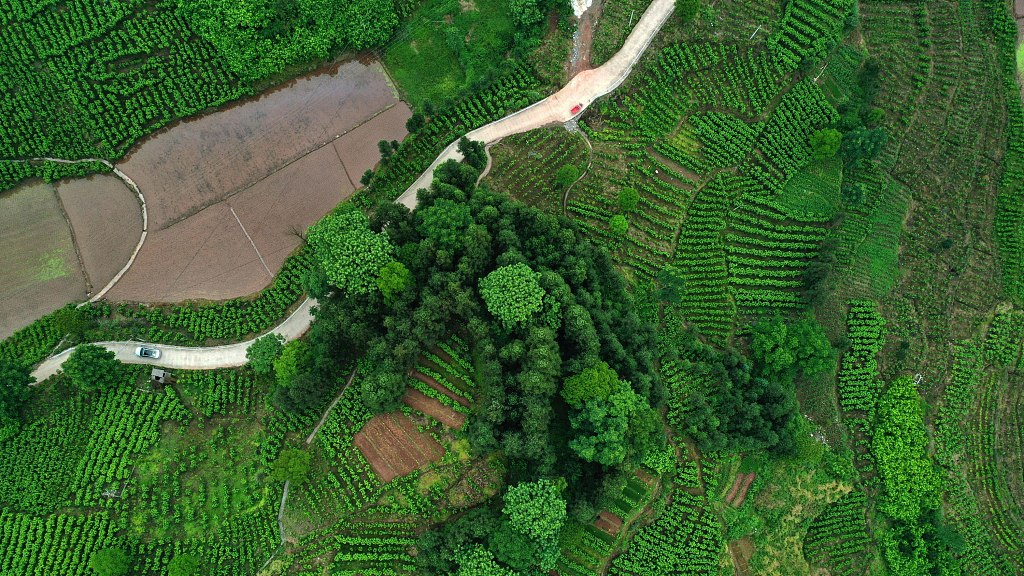
Chongqing has grown mulberry trees to tackle rocky desertification while improving its economy. /VCG Photo
Less well known than desertification, rocky desertification is the process of transforming karst areas into a rocky landscape. A karst landscape is made up of limestone and normally covered by vegetation and soil, but such desertification as a result of human activity can lead to soil erosion and negatively impact the ecosystem.
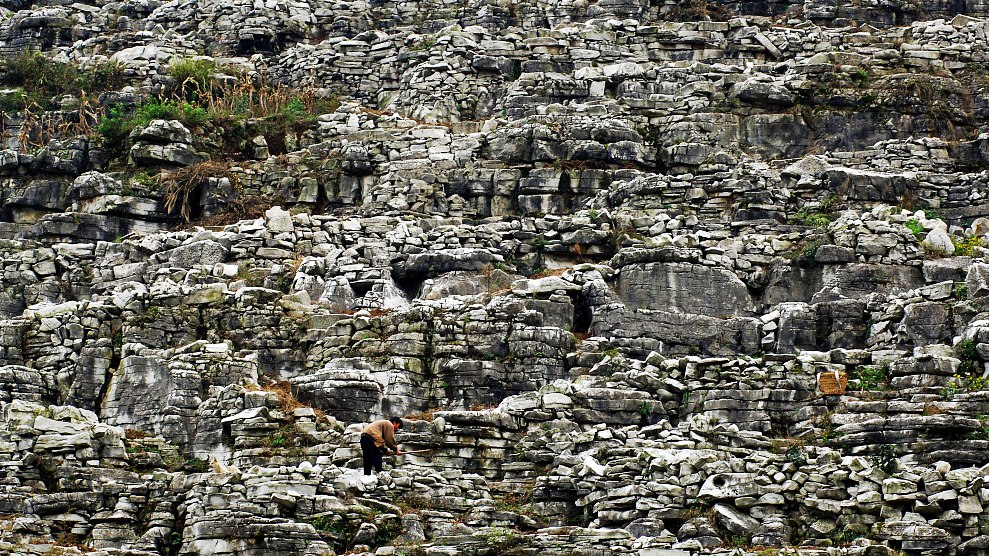
Karst rocky desertification. /VCG Photo
Chongqing's karst rocky desertification area accounted for 7.7 percent of the country's total, one of China's most seriously affected areas. It can cause severe environmental damage and lead to floods, landslides and mudslides.
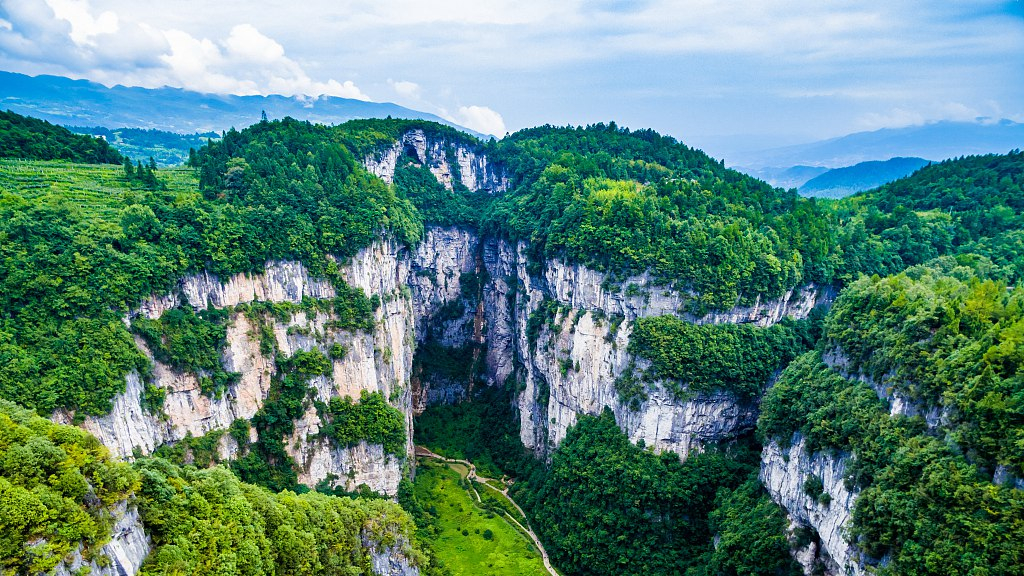
Karst landscape. /VCG Photo
Local authorities have taken a variety of measures to address the problem, such as enhancing forest conservation, returning farmland to forests and planting more trees. The energy structure in rural areas have also been changed, with rural residents relying less on wood resources.
(Cover image via VCG)
(If you want to contribute and have specific expertise, please contact us at nature@cgtn.com)

Copyright © 2018 CGTN. Beijing ICP prepared NO.16065310-3
Copyright © 2018 CGTN. Beijing ICP prepared NO.16065310-3